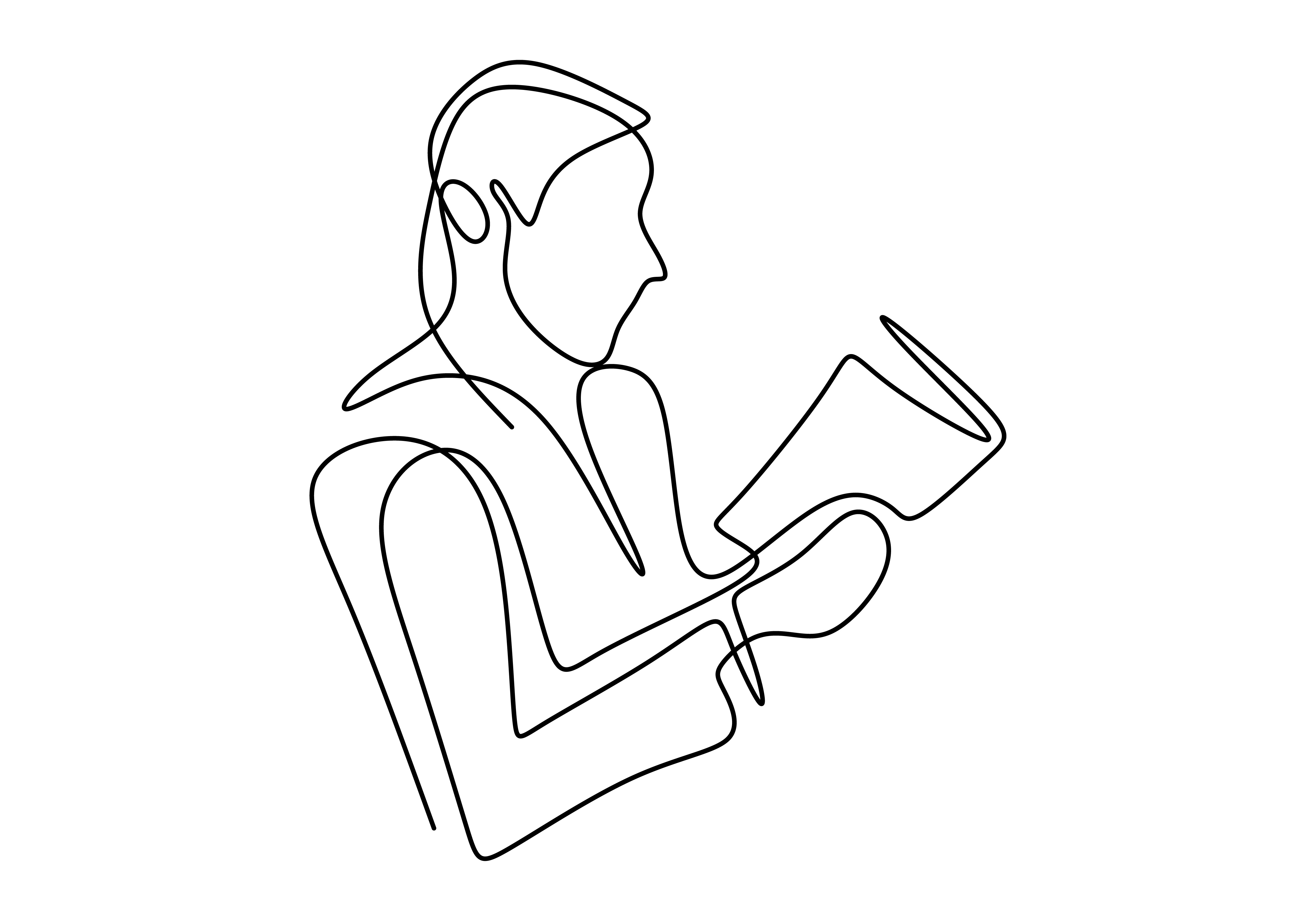- cross-posted to:
- usa@lemmy.ml
- cross-posted to:
- usa@lemmy.ml
I admit I only read about half of it, but I don’t think the second half could convince me why anyone would ever think this concept works.
If you teach children to guess based on the pictures, they are not reading - that much should be obvious. I’m confused how they would even start to read anything without pictures. You cannot guess based on the context if you cannot read deep enough to establish one, even worse your context could be wrong.
However, the worst advice is to skip words. You’re not learning new words if you skip anything you don’t know already.
The article only hints at this in the end, but there’s a lot of money to be made in selling learning material to schools.
My opinion: While the origins of the “three cueing” method may have been well intentioned I’m guessing lobbying and kickbacks are what’s keeping it in schools, not it’s effectiveness.
While the origins of the “three cueing” method may have been well intentioned I’m guessing lobbying and kickbacks are what’s keeping it in schools, not it’s effectiveness.
There is also the fact that the resistance to classic phonics in the USA developed as an anti-Bush stance during the 2000s. People thought they were taking a progressive stance against his family’s conservative ideas about reading by adopting the cueing methods.
Turns out his family’s passionate attack against cueing was actually completely justified even by the science of the time, let alone what we know now.
Bush is not a good guy but partisanship has ruined multiple generations of Americans’ ability to read, and this cueing bullshit has been leaking into other countries too.
Source that it was a result of anti-Bush? This was around way before him.
That’s crazy
Fair warning: This is complete nonsense:
When I asked him what he makes of the cognitive science research, he told me he thinks scientists focus too much on word recognition. He still doesn’t believe accurate word recognition is necessary for reading comprehension.
“Word recognition is a preoccupation,” he said. “I don’t teach word recognition. I teach people to make sense of language. And learning the words is incidental to that.”
He brought up the example of a child who comes to the word “horse” and says “pony” instead. His argument is that a child will still understand the meaning of the story because horse and pony are the same concept.
I pressed him on this. First of all, a pony isn’t the same thing as a horse. Second, don’t you want to make sure that when a child is learning to read, he understands that /p/ /o/ /n/ /y/ says “pony”? And different letters say “horse”?
He dismissed my question.
“The purpose is not to learn words,” he said. “The purpose is to make sense.”
Cognitive scientists don’t dispute that the purpose of reading is to make sense of the text. But the question is: How can you understand what you are reading if you can’t accurately read the words? And if quick and accurate word recognition is the hallmark of being a skilled reader, how does a little kid get there?
Goodman rejected the idea that you can make a distinction between skilled readers and unskilled readers; he doesn’t like the value judgment that implies. He said dyslexia does not exist — despite lots of evidence that it does. And he said the three-cueing theory is based on years of observational research. In his view, three cueing is perfectly valid, drawn from a different kind of evidence than what scientists collect in their labs.
“My science is different,” Goodman said.
This idea that there are different kinds of evidence that lead to different conclusions about how reading works is one reason people continue to disagree about how children should be taught to read. It’s important for educators to understand that three cueing is based on theory and observational research and that there’s decades of scientific evidence from labs all over the world that converges on a very different idea about skilled reading.
It seems he is just too far up his arse to admit he is wrong. The pony question perfectly shows this.
The pony question tells me he’s never encountered a child in the wild. You think a kid isn’t gonna correct you the second they know the difference?!
Oh wow I just caught the dyslexia bit. The rest was so bad I just blew right past it.
He talks an awful lot about making sense for someone who clearly doesn’t.
This article is a good (albeit long) explanation of what the MSV system is and why it sucks, but it neglects to mention the important fact that, thankfully, most US states have either already banned it from their public school curriculums or are moving away from it to more evidence-based approches:
Oh, I didn’t know, thanks very much for the correction!

This seems super dumb to me.
Admittedly I never had issues reading, so it’s hard to put myself in their shoes. But even still…
This seems super dumb to me.
It is. I mean, the article is pretty clear; these are the strategies bad readers use to get through text.
I wonder how much easier it’d be for anglophone kids to learn to read if their written language wasn’t such a phonetic nightmare.





